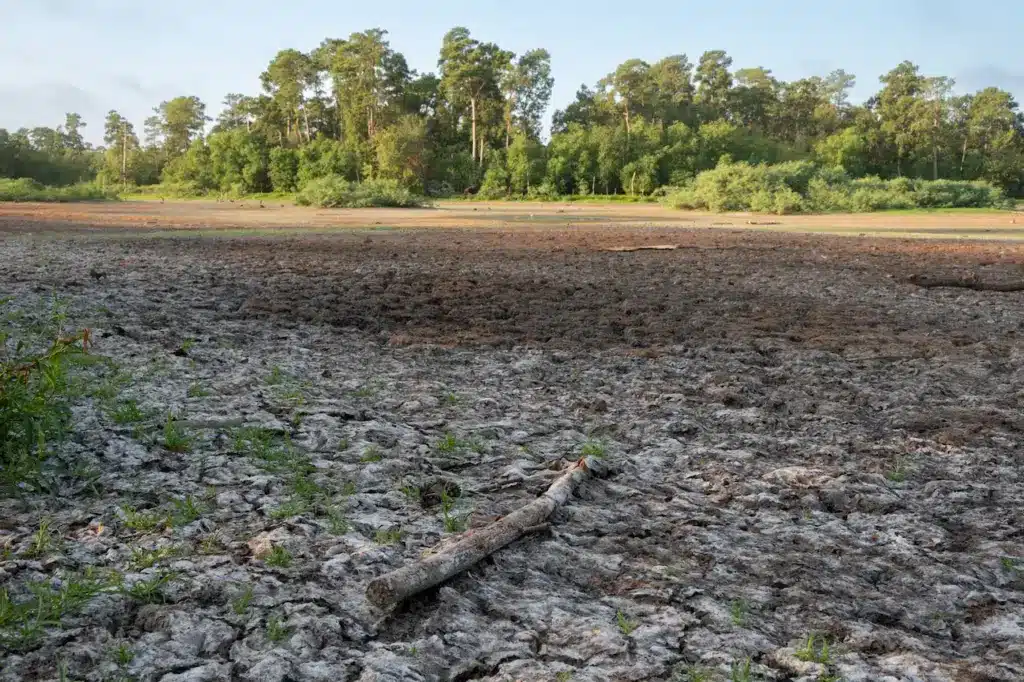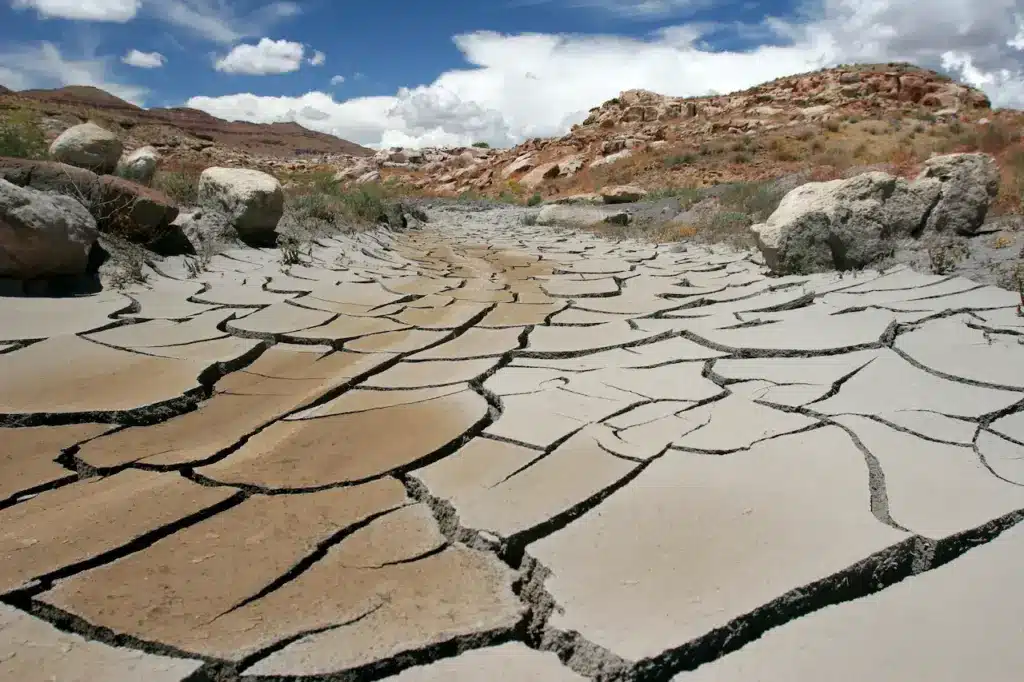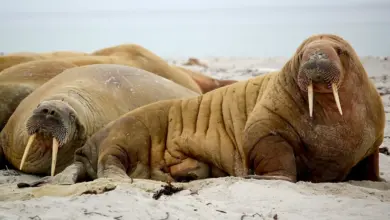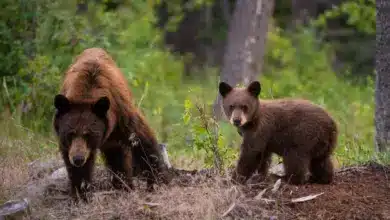Heat Hurts Texas Wildlife
The Texas Drought Hits Wild Animals Up And Down The Food Chain, From Bugs To Bats
Wild animals in Texas tend to be tough; mammals, birds, and reptiles alike are used to high summer temperatures and seasonally scarce water. This summer’s super drought, however, which has involved extremely low rainfall and record heat for weeks on end, is completely different from what most Southwestern creatures are accustomed to. A lot of wildlife is being dangerously stressed.

Texas wildlife officials have received reports of female deer abandoning their fawns because because they can’t find enough food or water to produce the milk needed to feed them.
Along the Texas coast, meanwhile, fish, shellfish, and birds that inhabit estuaries have had to tolerate water that is much saltier than usual, owing to the fact that far less fresh water is arriving from the state’s parched rivers. Oysters in particular are being hard hit.
Many plants have been unable to grow due to the lack of rain, which means lean times and low reproduction for the insects that feed on them, as well hunger for the animals that feed on insects, such as birds and bats.
Even mosquitos have it hard, because a large percentage of their breeding pools have dried up, making it difficult for them to maintain their numbers. While fewer mosquitos might might seem like a good thing to most people, creatures that depend on them for a food source—fish, bats, and birds—have been suffering.

Drought damage to flowering plants is likely to prove a particularly serious problem for the long-tongued bat (above), a rare species that feeds on nectar and pollen. There may be no more than a few hundred long-tailed bats in existence, and with flowers in short supply, their numbers could dwindle further.
With luck, weather patterns in Texas and the rest of the drought-stricken Southwest will moderate by next summer. However, many scientists caution that, in the coming years, record heat and scare rainfall may become more common in some parts of the U.S., as well in other parts of the world, due to ongoing global climate change.

